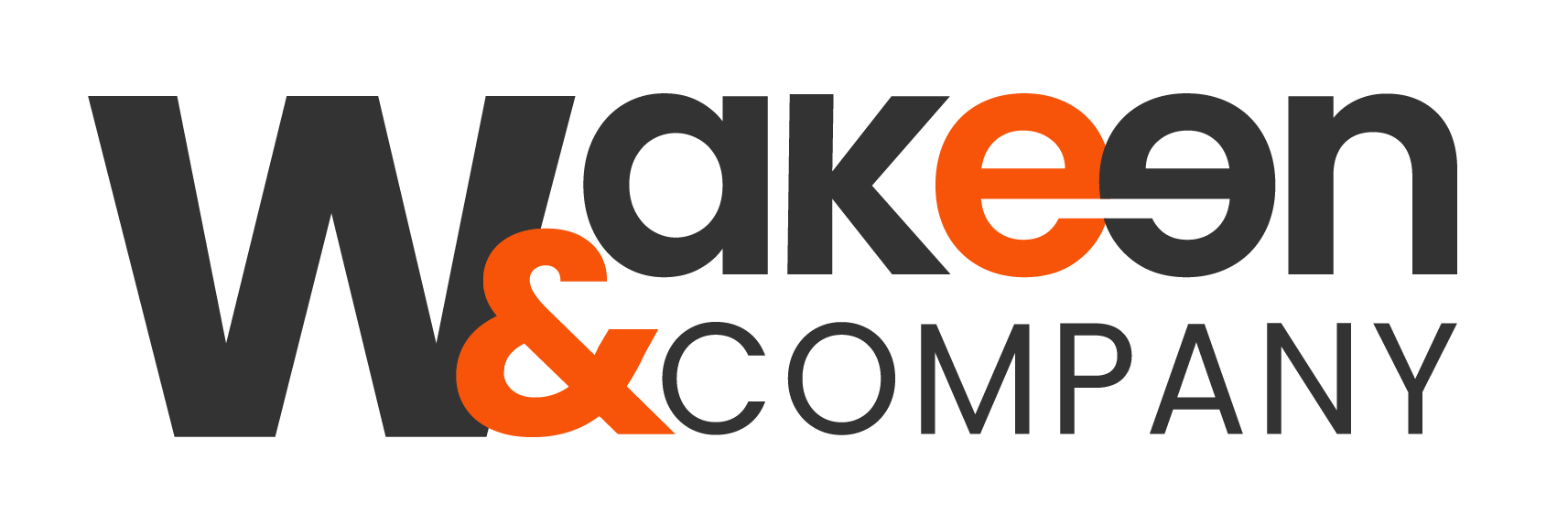In this Blog:
- Understanding Cookies
- Embracing First-Party Data
- BONUS: Featured tool to own your audience targeting
- The Revenge of Contextual Targeting
- Publisher Collaboration
- Measuring Success
In the ever-evolving world of digital marketing, cookieless advertising has become a hot-button topic heading into 2024. Chrome announced it is to join Firefox and Safari in deprecating third-party cookies in 2024 — starting with 1% of users from 1Q 2024 to facilitate testing and ramping up from there. As privacy concerns mount and regulations tighten, the era of relying on third-party cookies to track user behavior is coming to an end.
Fear not! We can still reach audiences effectively and we’ll explain how as we delve into the realm of navigating the cookieless advertising landscape.
Understanding the Cookie Revolution
Cookies (not the warm delicious treat waiting for you at Grandma’s house) have long been the backbone of targeted digital advertising. They enable marketers to track user preferences, behavior, and demographics. However, privacy concerns and strict regulations, such as GDPR and CCPA, are driving a shift toward a cookieless future. This change in data collection requires new strategies to ensure that messages are still placed in front of the correct target consumer.
Embracing First-Party Data
In the cookieless advertising landscape, first-party data reigns supreme. This data, collected directly from your audience, is a goldmine for understanding customer behavior and preferences. Encourage users to willingly share information through transparent opt-in strategies, engaging content, and personalized experiences. Building a robust first-party data strategy not only ensures compliance with privacy regulations but also enables more accurate targeting. Connected TV (CTV) is cookieless by design, leveraging household consumption data and geography to monitor streaming habits.
Featured tool: Claritas
Claritas offers over 8,000 Syndicated Audiences built from over 10,000 demographic and behavioral attributes including four of the industry’s most widely used segmentations: PRIZM® Premier, P$YCLE® Premier, ConneXions®, and CultureCode®. With their innovative AudienceAnywhere® platform, you can unleash the potential of your first-party data by appending our data and building custom and look-alike audiences based on your specific business goals.
Contextual Targeting: A Return to Relevance
In the words of LL Cool J, “Don’t call it a comeback, I been here for years.” Contextual targeting is in for 2024 and beyond. Instead of relying on user data, contextual targeting focuses on the content surrounding an ad placement. By understanding the context in which an ad appears, marketers can better align their messages with the interests and behaviors of the audience consuming that content. This not only enhances relevance but also respects user privacy.
Collaborating with Publishers
Build strong relationships with publishers. Publishers own valuable first-party data and can provide insights into their audience’s preferences. Collaborate closely with publishers to leverage their data for more effective targeting. Additionally, explore partnerships that allow for shared insights and collaborative strategies, ensuring your advertising efforts align seamlessly with the publisher’s content and audience.
Measuring Success with New Metrics
As the advertising landscape evolves, so should your measurement metrics. Move beyond traditional click-through rates and impressions to focus on engagement, brand sentiment, and web analytics event conversions. With the right metrics, you can gain a deeper understanding of your campaign’s impact and adjust your strategies accordingly in the cookieless era.
The Road Ahead: Adapting and Thriving
Any shift in the advertising landscape may seem daunting, but it also presents an opportunity to adapt, innovate, and thrive. By embracing first-party data, contextual targeting, collaborations with publishers, and cutting-edge technologies, marketers can navigate this new terrain with confidence. Diversifying advertising channels and redefining success metrics will ensure a resilient strategy that not only respects user privacy but also delivers meaningful and personalized experiences.





